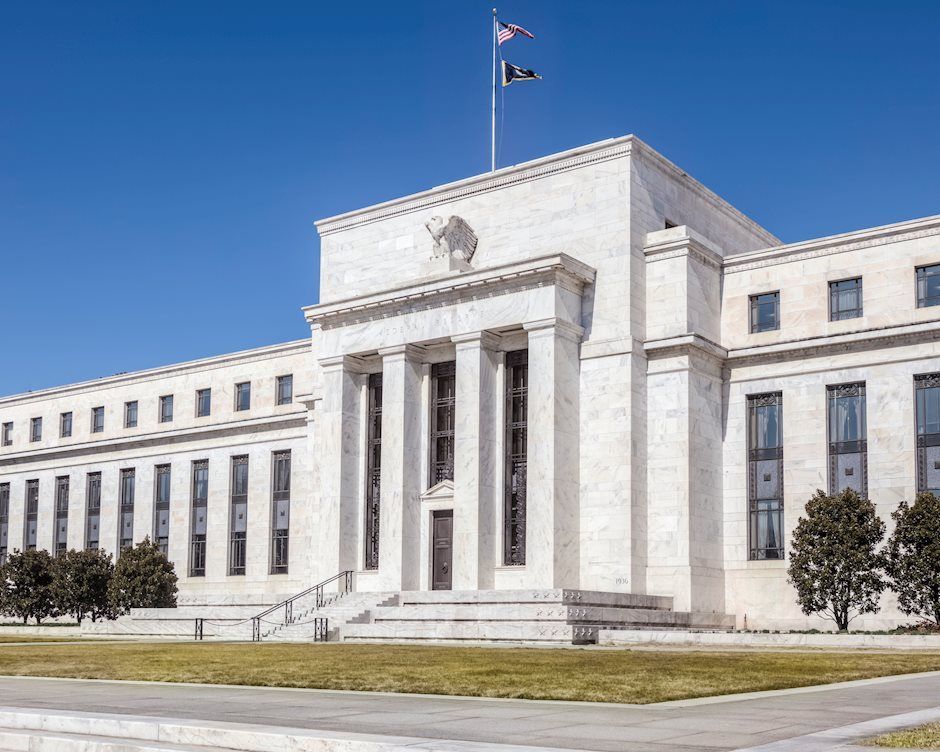Fed Powell admits that goods price inflation is slowing – Wages and services remain inflationary risks

Markets
Yesterday, the post-Powell bond rally simply continued as markets read US data as supporting the case for the Fed to slow its anti-inflationary campaign in December and maybe also at Q1 2023 meetings. US data were mixed, but in line with the recent reaction function, soft data outweighed. Challenger job cuts jumped sharply, mainly as companies are cutting costs. Weekly jobless claims improved (225k from 241k), but continuing claims, which recently got more attention as a pointer for the labour market, rose further. October spending (0.8% M/M) and income data (0.7%) were really strong and suggest a strong contribution of consumption to Q4 growth. Markets focused on softer price data, with the core PCE measure easing from 5.2% to 5.0%. The US non-manufacturing ISM joined the PMI measure with the headline index moving in contraction territory (49.0 from 50.2) and prices pressures easing (43.0). Fed Powell already admitted that goods price inflation is slowing, but that wages and services remain inflationary risks. Still, US yields nosedived further after the ISM, declining between 8.25 bps (2-y) and 13.75 bps (30-y), driven by a sharp further decline in real US yields. German yields, also dropped further between 10/11 bps (2 & 30-y) and 13.7 bps (5-y). The German 10-y yield is nearing the key 1.77% support. Lower real yields triggered further offloading of USD longs. DXY dropped below the high profile 105.30 support. EUR/USD (close 1.0520) jumped above the 1.0479/97 recent highs. USD/JPY smashed below the 137.50 support, closing at 135.33. One exception to recent trends, US equities hardly profited from lower real yields and the dollar (Dow -0.59%, Nasdaq +0.13%).
This morning most Asian equities mostly are trading in negative territory with Japan (Nikkei -1.6%) underperforming on the impressive rebound of the yen. US yields regain a few bps. The dollar still struggles (DXY 104.7, EUR/USD 1.0525, USD/JPY 135.2). Later today, all eyes will be on the US payrolls. The consensus expects 200k net job growth, but after a soft ADP report earlier this week risks are seen to the downside. Recall that Powell recently suggested that job growth slowing to 100k is probably needed to bring some balance to the labour market. Also keep a close eye at the wage data (AHE expected at 0.3% M/M and 4.6% Y/Y). As indicated earlier, markets recently gave much more weight to softer data than to data pointing to resilience in activity. This reaction function probably also applies to the US payrolls. The US 10-y yield is testing the key 3.55% October low. Also the US 2-y yield nears a first important support (4.26%, neckline HS formation). A break would indicate that markets expect the Fed to soon ease its policy priority on inflation in favour of growth. This isn’t what Powell and Co guided until now. Key question is who will give in. The payrolls might also be key for the ST fate of the dollar. We find it early too already see a sharp setback of the dollar (with a.o. risks of new risk-off wave). Even so, with key support levels under heavy pressure, a soft figure could trigger further stoploss USD selling short-term. 1.0615 is the next reference on the EUR/USD chart.
News headlines
The Bank of Japan’s newest board member Naoki Tamura told Bloomberg it would be appropriate to conduct a review at the right time. This could be soon or a little later, depending on how inflation, wages and the economy evolve, he said. His comments suggest that it could take place even before current BoJ governor Kuroda steps down next spring. That would make it more clear for his successor what to do in terms of monetary policy since reviews are typically used to justify changes or adjustments in the stance. Last such review was conducted in March last year. The BoJ’s current framework of negative policy rates and yield curve control has come under pressure amid rising (global) inflation. The yen suffered heavy losses as a result. USD/JPY rose to and above 150, prompting government FX interventions. The pair since then retreated dramatically to 135 today, but mainly on the back of a weaker USD.
The EU is close in reaching a deal to cap Russian oil prices at $60 per barrel before a Monday deadline. That’s when wider EU sanctions on oil are due to come into force. The plan bans shipping and services needed to transport Russian oil unless the cargoes are bought below the price cap. This level needs to be attractive enough for Russian oil producers to keep flows going while ultimately still limiting revenues. If it is too low however, Russia could stop production/exports altogether, causing global oil prices to spike. Poland still needs convincing as it continues to push to toughen the sanctions package before signing off on the price cap. Talks will continue over the weekend.
Author

KBC Market Research Desk
KBC Bank

















